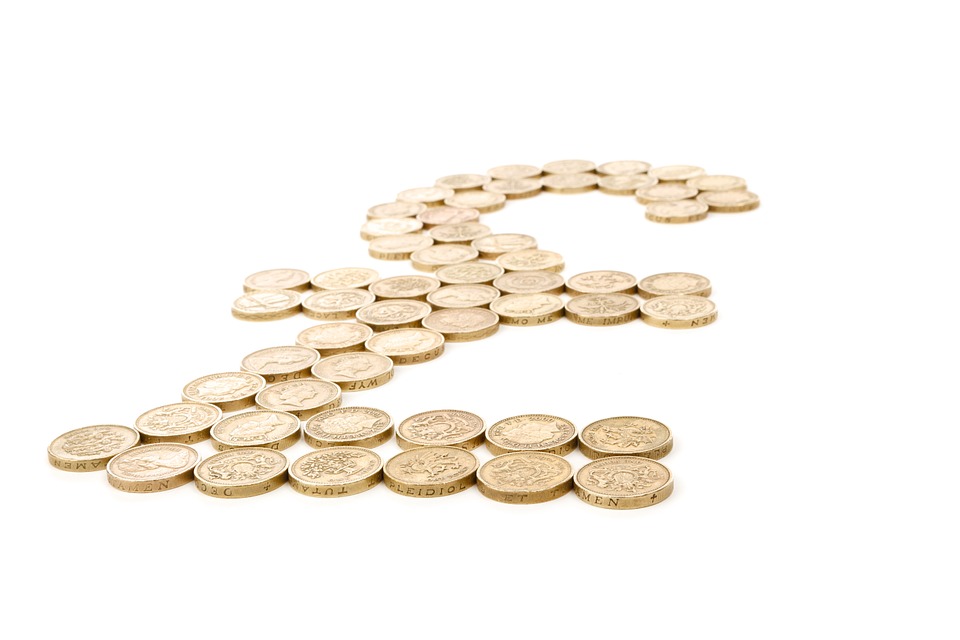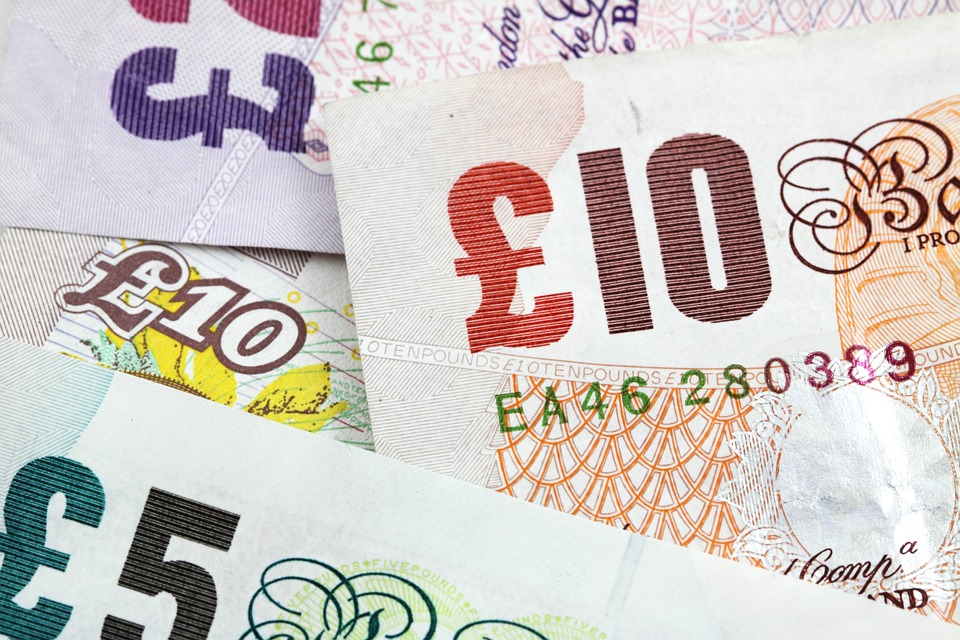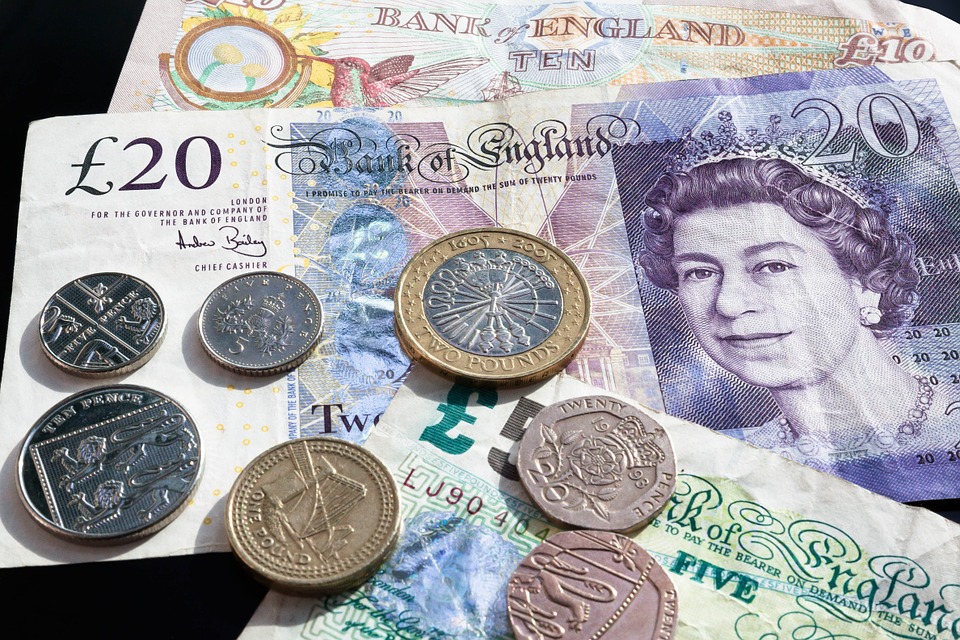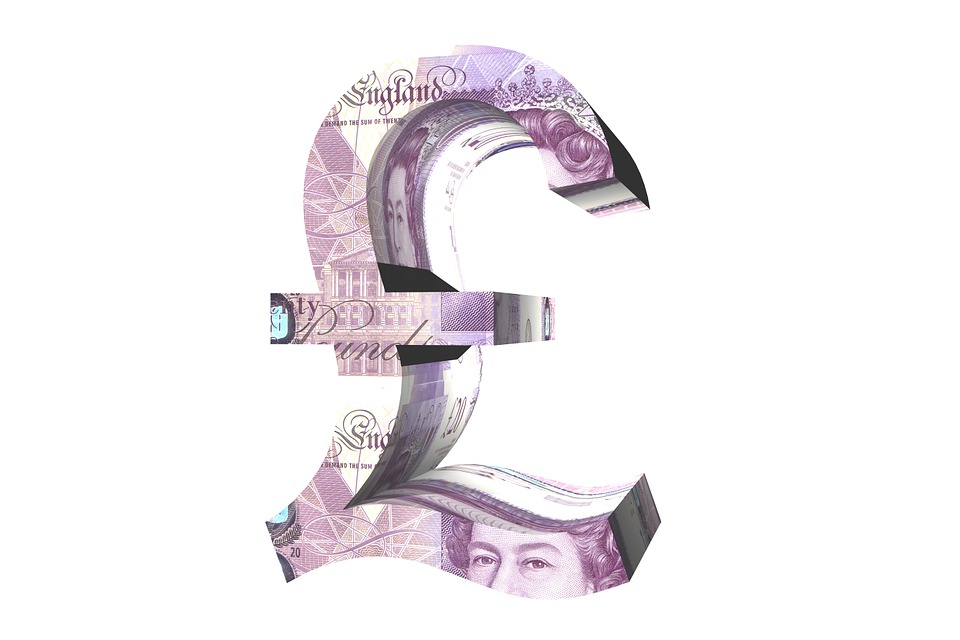The Britsh Pound will rise by more than 5% against the U.S. Dollar next year, according to analysts at Lloyds Bank, as an orderly exit from the EU enables the Bank of England(BoE) to lift its interest rate again just as the Federal Reserve (Fed) brings its own tightening cycle to a close.
Pound Sterling will be volatile until the end of the first-quarter 2019, the bank says, as markets fret over whether Prime Minister Theresa May will be able to pass her Withdrawal Agreement through parliament. However, ratification of the deal early next year is forecast to see the UK exit the EU in an orderly manner.
That should enable markets and the Bank of England to address mounting inflation pressures in the economy, where a falling unemployment rate has been encouraging wage growth for workers. The BoE has already flagged this repeatedly as a likely threat to its 2% inflation target over coming years.
“The BoE has been clear in its guidance, reiterating that, should the economy progress in line with its expectations, a gradual tightening of monetary conditions would be appropriate. There is broad agreement on the MPC that this is consistent with a 25bp rate hike per year over the next three years,” says Gajan Mahadevan, a strategist at Lloyds Bank.
Mahadevan says the BoE will raise the base rate again in August 2019, taking it up to 1%, after PM May is succesful in passing her Withdrawal Agreement through the House of Commons. Meanwhile, the Federal Reserve is expected to ease off on its tightening of monetary policy.
“Among key developed market economies, the US has been the outperformer for some time. Having hit an annualised rate of 4.2% in Q2, GDP growth slowed in Q3 to a still impressive 3.5%,” Mahadevan writes. “However, there are signs that the rises in interest rates over the course of the last few years are starting to take their toll.”
Mahadevan and the Lloyds team say the Federal Reserve will raise interest rates only twice in 2019 as earlier policy tightening takes its toll on the US economy, leading the central bank to bring its multi-year cycle of interest rate hikes to a close. That would mark a turning point for the U.S. Dollar, especially against the Pound.
If the Fed stops raising its interest rate at the same times as markets are becoming willing to bet more confidently on further BoE policy tightening over coming years then it could effectively pull the rug out from beneath the U.S. Dollar.
The Fed raised its interest rate to 2.5% last week, marking its fourth rate hike of 2018, but used its so-called dot plot to signal that it will raise rates on only two occassions next year.
The Dollar index has risen by 5.2% in 2018 after reversing what was once a 4% year-to-date loss wracked up mostly during the first quarter. A superior performance from the U.S. economy was behind the move, because it enabled the Fed to raise rates as economies elsewhere slowed and their respective central banks sat on their hands.
“We expect the currency pair to rally towards 1.35 by June 2019, before settling around 1.33 at year-end. However, the high degree of uncertainty, particularly around the UK’s withdrawal from the EU, means that at this stage our conviction is low,” Mahadevan writes, in a recent note to clients.
Mahadevan’s target of 1.33 for the Pound-to-Dollar rate at the end of 2019 implies a 5.1% increase from Thursday’s 1.2657 level. However, while Sterling may easily recover lost ground from the Dollar before the end of 2019, other analysts have warned that steep losses could be likely before March 2019 comes to a close.
“We will enter 2019 with the most important aspects of the Brexit situation still unresolved. December was an enormously bad month for Theresa May,” says Stephen Gallo, European head of FX strategy at BMO. “To the detriment of the GBP, the remaining Brexit permutations appear to be declining in number.”
Prime Minister Theresa May survived a leadership challenge in December but she still lacks enough support in parliament for her Brexit Withdrawal Agreement to make it onto the statute book.
Analysts and traders have been readying themselves for a seemingly inevitable defeat of the government when the House of Commons gets its “meaningful vote” on the Withdrawal Agreement in January.
Lawmakers on all sides of the House have pledged to vote against the proposals for a variety of reasons and the PM is currently expected to lose the ballot in the Commons.
Approval before March 29, 2019 is key if the UK is to avoid leaving the EU without any preferable arrangements in March 2019 and defaulting to trading with the bloc on WTO terms.
“The first permutation is a “hard Brexit” in which the UK legally exits the EU on March 29th without a deal, forcing the country to revert to WTO rules. We would assign a 45% probability to that outcome at this stage and assume a level of $1.20 in GBPUSD if that comes to pass,” Gallo writes, in a note to clients.
Source: Pound Sterling Live






